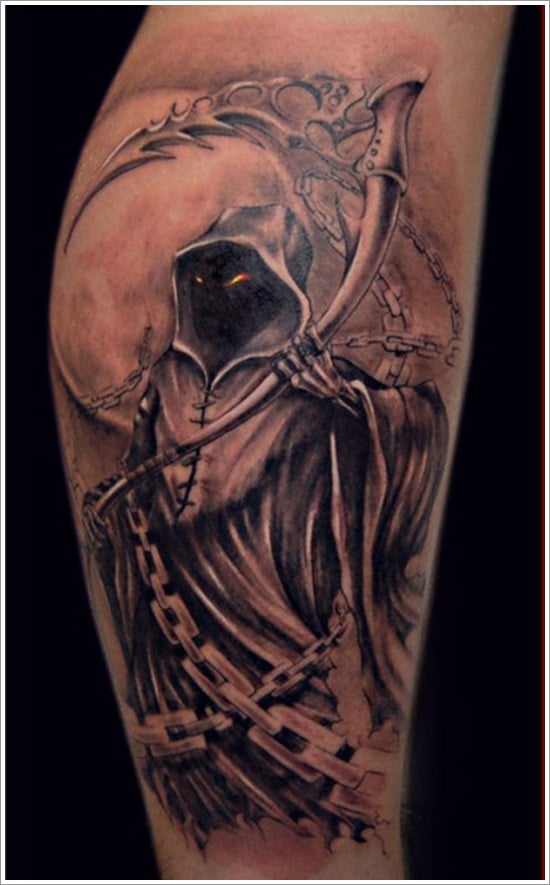Military
German Machine Guns WW1 Firearms

Introduction to German Machine Guns in WW1

The advent of machine guns in World War I revolutionized the battlefield, introducing a new level of lethality and changing the face of modern warfare. Among the nations involved, Germany was at the forefront of machine gun development and deployment. German machine guns, particularly the Maschinengewehr 08 (MG 08) and its variants, played a significant role in the conflict, affecting the tactics and strategies employed by all parties involved. This discussion will delve into the history, development, and impact of German machine guns during WW1, highlighting their design, functionality, and the significant role they played in shaping the course of the war.
Development and Design of German Machine Guns

The development of German machine guns in the early 20th century was largely influenced by the work of Hiram Maxim, an American inventor who patented the first fully automatic machine gun in 1884. The German military adopted and adapted Maxim’s design, leading to the production of the Maschinengewehr 01 (MG 01) and later the MG 08. These water-cooled machine guns were designed for sustained fire, capable of firing hundreds of rounds per minute. The MG 08, in particular, was heavily used during WW1 and became synonymous with German firepower. Its design included a complex system of bolts, levers, and a recoil-operated mechanism, allowing for automatic fire. The water jacket surrounding the barrel helped to dissipate heat, enabling prolonged firing sessions without overheating.
Functionality and Tactical Deployment

German machine guns like the MG 08 were not only instruments of war but also required a new set of tactics for their effective deployment. They were typically used in defensive roles, where their ability to lay down suppressive fire could pin down enemy troops. The machine guns were often positioned in fortified emplacements or behind natural barriers to maximize their protective benefits and minimize their vulnerability. The crews operating these guns were trained to provide covering fire during advances, to defend against enemy flanking maneuvers, and to create killing zones in no man’s land. The tactical deployment of machine guns by German forces significantly influenced the stalemate of trench warfare, as both sides sought to outmaneuver and outgun each other.
Impact on the War

The impact of German machine guns on WW1 was profound. They were a key factor in the transition from mobile warfare to the static trench warfare that characterized much of the conflict. The defensive power of machine guns made frontal assaults extremely costly, leading to the development of new tactics such as infiltration and the use of combined arms teams. The psychological impact on soldiers facing these weapons was also significant, as the relentless and indiscriminate nature of machine gun fire could demoralize troops. The Germans’ effective use of machine guns in defensive roles forced the Allies to adapt and innovate, leading to the development of tanks and other technologies designed to overcome the machine gun’s defensive advantages.
Technological Innovations and Variants

Throughout the war, the Germans continued to innovate and improve their machine gun designs. The MG 08/15, a lighter and more portable version of the MG 08, was introduced to enhance mobility and facilitate its use in offensive operations. The MG 08/18 was another variant designed specifically for aircraft use, reflecting the growing importance of airpower in the conflict. These innovations underscored the German military’s commitment to leveraging technology to gain a strategic advantage. The development of anti-aircraft machine guns also became crucial as air warfare evolved, with the Germans adapting their machine guns for use against enemy aircraft.
Conclusion and Lasting Legacy

The deployment and development of German machine guns during WW1 marked a significant shift in military tactics and technology. These weapons played a crucial role in the war’s outcome, influencing the nature of combat and forcing innovations in both defensive and offensive strategies. The legacy of German machine guns in WW1 extends beyond the conflict itself, as their development and use paved the way for future advancements in automatic weaponry. The impact of these guns on the battlefield and on the soldiers who faced them serves as a testament to the evolving nature of warfare and the importance of technological innovation in military strategy.
What was the primary German machine gun used in WW1?

+
The primary German machine gun used in WW1 was the Maschinengewehr 08 (MG 08), a water-cooled, recoil-operated machine gun based on the Maxim gun design.
How did German machine guns influence the tactics of WW1?

+
German machine guns significantly influenced the tactics of WW1 by making frontal assaults extremely costly and promoting the development of trench warfare. They forced the development of new tactics such as infiltration and the use of combined arms teams to overcome their defensive advantages.
What were some notable variants of the MG 08 developed during WW1?

+
Notable variants of the MG 08 included the MG 08/15, designed to be lighter and more portable for offensive operations, and the MG 08/18, adapted for use in aircraft, reflecting the growing importance of airpower.



